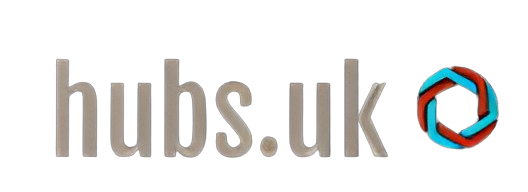The best practice for robots.txt in WordPress, as outlined by Yoast, is to rely on it as little as possible. It is recommended to allow all crawlers to access your site freely unless you have specific technical challenges. The basic code in a robots.txt file for most WordPress sites would include:
User-Agent: *
Disallow:
Sitemap: https://www.example.com/sitemap_index.xmlThis setup indicates that all user agents (crawlers) are allowed to access all areas of the site, and it provides the location of the sitemap to help search engines index the site more efficiently. If you need to block specific URLs, it’s better to use meta robots tags or robots HTTP headers. WordPress and the Yoast SEO plugin automatically prevent indexing of sensitive files like the WordPress admin area. Blocking CSS or JavaScript files is not recommended, as search engines like Google render your pages fully to evaluate their quality. Adding a link to your XML sitemap in the robots.txt helps search engines discover your site’s content.
Robots.txt is a text file used by websites to communicate with web crawlers or search engine robots, such as Googlebot, about which parts of the site should or should not be crawled and indexed. When it comes to WordPress, there are some best practices for managing your robots.txt file:
- Default WordPress robots.txt: By default, WordPress generates a virtual robots.txt file that allows all search engine crawlers to access your entire site. This is generally fine for most websites, as you want search engines to index your content.
- Customize as needed: If you have specific requirements for your website or want to restrict certain parts of it from being crawled, you can customize your robots.txt file. You can create or edit the robots.txt file in the root directory of your WordPress installation.
- Use plugins: If you’re not comfortable editing the robots.txt file manually, there are several WordPress plugins available that can help you manage it. Some popular plugins for this purpose include “Yoast SEO” and “All in One SEO Pack.” These plugins often provide user-friendly interfaces for configuring your robots.txt file.
- Allow access to essential resources: Make sure that your robots.txt file doesn’t block access to essential resources, such as CSS, JavaScript, and image files. Blocking these files can negatively impact the rendering and indexing of your site by search engines.
- Test your robots.txt: After making changes to your robots.txt file, it’s essential to test it using tools like Google’s “Search Console” or online robots.txt testing tools to ensure it’s correctly configured and not blocking important parts of your site.
- Keep it simple: While you can use wildcards and specific directives to control crawler behavior, it’s generally a good practice to keep your robots.txt file as simple as possible. Complex rules can lead to unintended consequences.
Here’s a basic example of a WordPress robots.txt file:
User-agent: *
Disallow: /wp-admin/
Disallow: /wp-includes/
Disallow: /wp-content/plugins/
Disallow: /wp-content/themes/This example disallows crawling of WordPress administrative pages and some plugin and theme directories.
Remember that robots.txt can be viewed by anyone and may provide information about parts of your site you want to keep private. Ensure you’re not inadvertently disclosing sensitive information in your robots.txt file.
Additionally, always refer to the documentation of search engines like Google and Bing for their specific guidelines on robots.txt and crawling best practices. Search engines may have their own recommendations that can affect your SEO strategy.

One response to “What is best practice for robots.txt with wordpress?”
hello there and thank you for your info – I’ve certainly picked
up anything new from right here. I did however expertise several
technical points using this site, as I experienced to reload the
web site lots of times previous to I could get it
to load properly. I had been wondering if your web host is OK?
Not that I’m complaining, but slow loading instances times
will sometimes affect your placement in google and could damage your
high-quality score if advertising and marketing with
Adwords. Well I am adding this RSS to my email and could look out for much more of your respective fascinating content.
Make sure you update this again very soon..